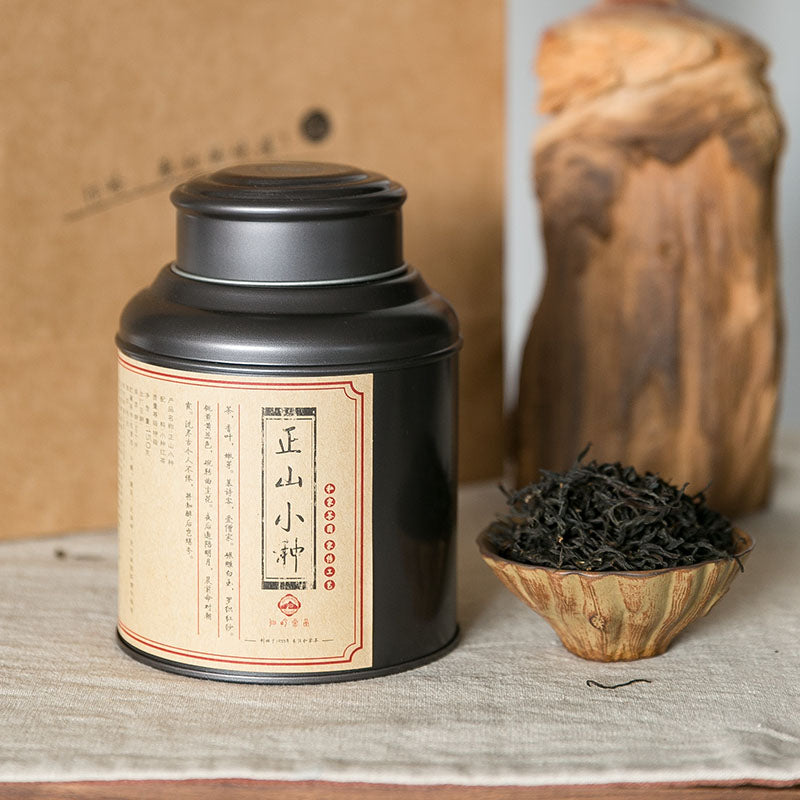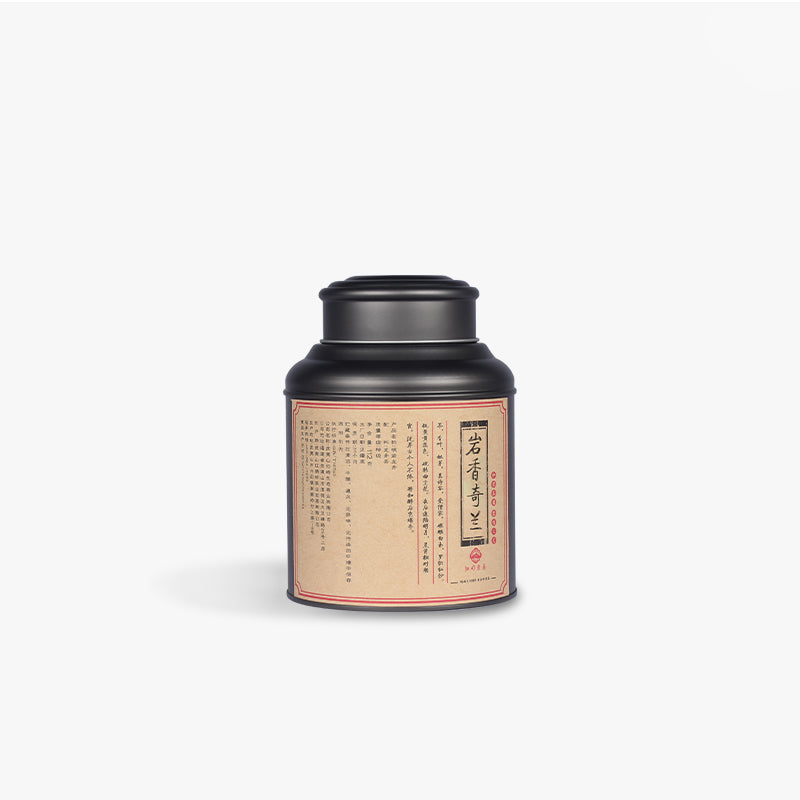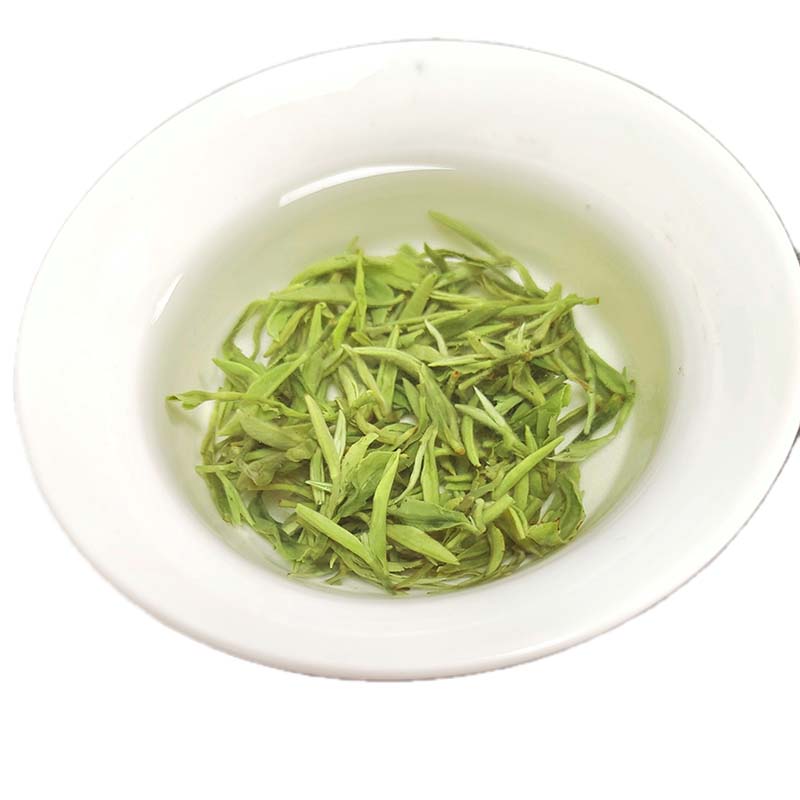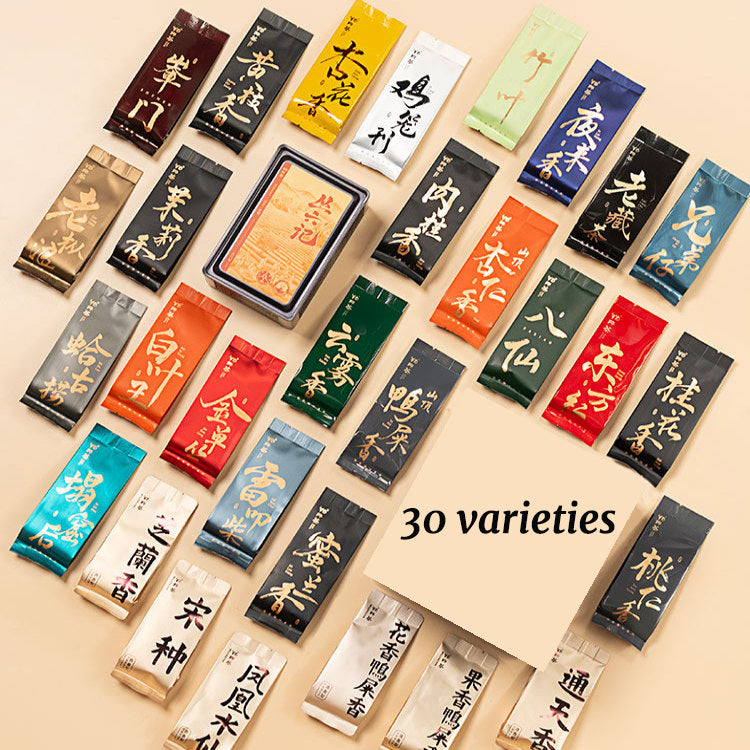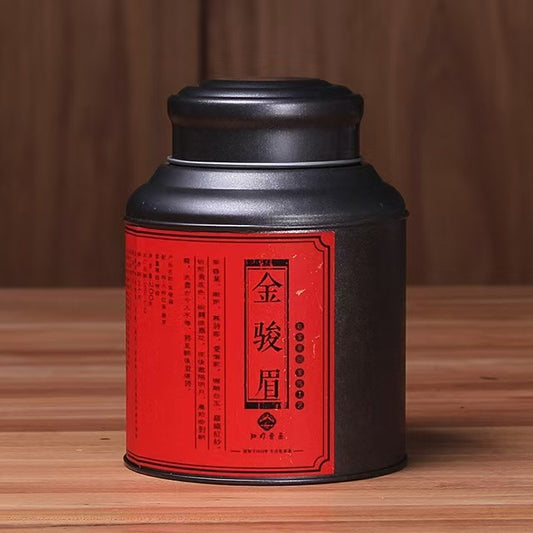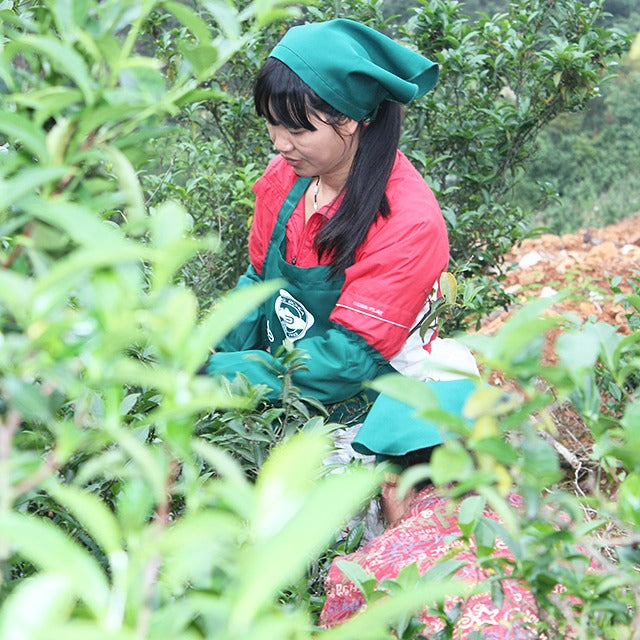Oolong Caffeine Content Balancing Tradition and Modern Sensibility
Oolong Caffeine Content Balancing Tradition and Modern Sensibility
Oolong tea, with its rich history and nuanced flavors, sits comfortably between the bold robustness of black tea and the delicate fragrance of green tea. Often, when we think about tea, caffeine content sneaks into the conversation, influencing many choices. For tea enthusiasts who find themselves reaching for a comforting cup of oolong, understanding its caffeine profile is part of the journey.
Oolong's caffeine content varies significantly, a result of its wide range of oxidation levels and the artisanal craftsmanship involved in its production. Typically, it contains more caffeine than green tea but less than black tea. This can be attributed to the semi-oxidized nature of oolongs, allowing it to capture the best of both tea categories. The spectrum of oxidation—ranging from 8% to 85%—plays a crucial role in its caffeine concentration. For instance, a lightly oxidized oolong like Baozhong will generally have lower caffeine levels compared to a more heavily oxidized one like Da Hong Pao.
The craftsmanship behind oolong is a dance of meticulousness and intuition. Traditional methods involve withering, oxidizing, and roasting the leaves to develop a complex flavor profile. Each step of the process can subtly alter the caffeine content. As the leaves are bruised and oxidized, certain chemical transformations occur that impact not only flavor but also the caffeine.
Brewing methods offer another dimension to understanding oolong's caffeine content. The duration of steeping and the water temperature can extract varying caffeine levels into your cup. By steeping the tea for a shorter time with slightly cooler water, you might create a gentler cup with less caffeine. Conversely, a longer steep with hotter water encourages more caffeine to be released, yielding a bolder brew.
Oolong tea is not just about caffeine; it’s an experience enriched by culture and tradition. Originating from the Fujian province of China and Taiwan, it carries stories of ancient tea masters perfecting their craft over generations. The beautiful landscapes where oolong is grown—often high-altitude regions with mist-laden mountains—contribute to its unique characteristics, including its caffeine content. It's a reminder that the serenity of tea drinking is not only about what’s in the cup, but also the environment and craftsmanship behind it.
Exploring oolong tea is akin to appreciating fine art. Each cup is a masterpiece, revealing layers of taste that reflect the environment, the tea master's skill, and the tenderness of the leaves. Next time you sip on a cup of oolong, take a moment to savor its complexity and celebrate the balance it strikes between tradition and the modern palate. And remember, whether you seek its energizing lift or its comforting warmth, oolong tea has a story to share with every sip.

